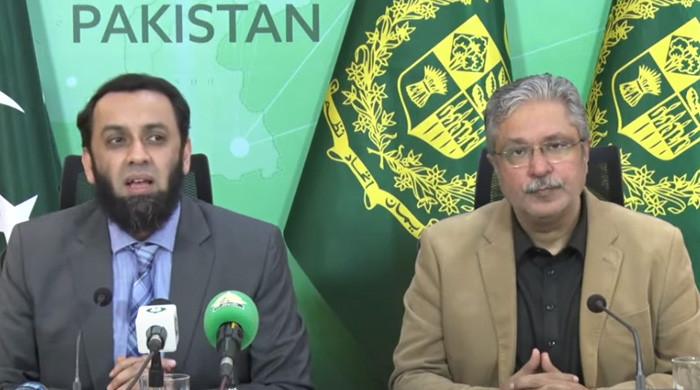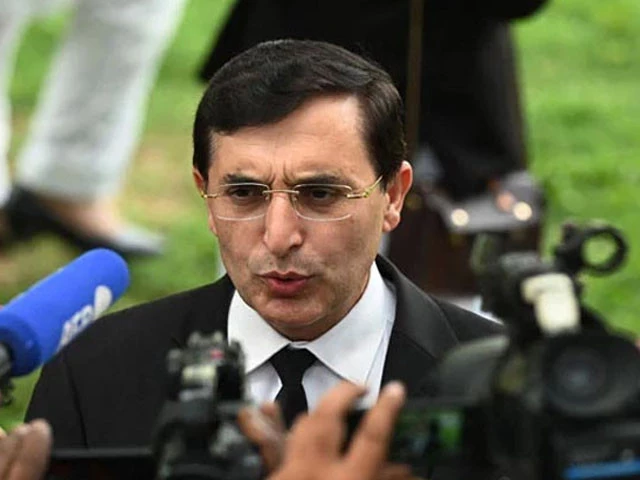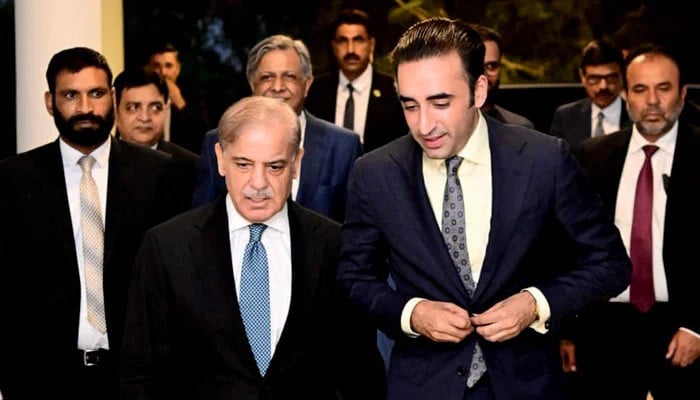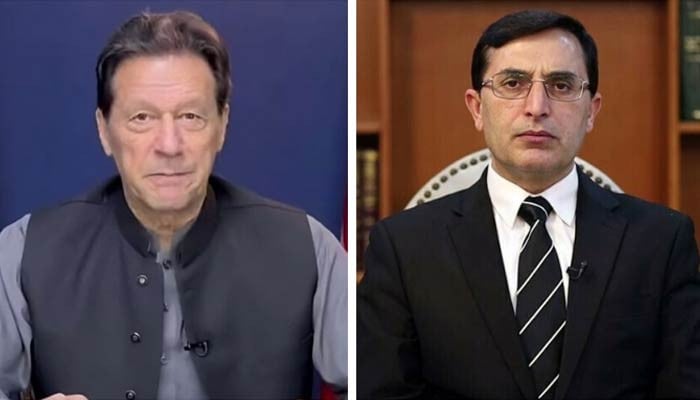Pakistan Tehreek-e-Insaf founder Imran Khan…
Category: 1. Pakistan
-

Information minister alleges PTI-nominated KP CM ‘sympathiser’ of terrorists
Federal Minister for Information and Broadcasting Attaullah Tarar (left) and PM’s Coordinator on Information for KP Ikhtiar Wali Khan address a press conference in… Continue Reading
-
PM reaffirms government's resolve to eliminate terrorism – RADIO PAKISTAN
- PM reaffirms government’s resolve to eliminate terrorism RADIO PAKISTAN
- Khawaja Asif: Pakistan’s Relations with Afghanistan Currently Not Good TOLOnews
- Time for decisive actions against terrorism, warns PM Shehbaz Geo.tv
- ‘Pakistan runs out of…
Continue Reading
-
Imran has ordered PTI members to resign from Punjab Assembly’s standing committees: Gohar – Dawn
- Imran has ordered PTI members to resign from Punjab Assembly’s standing committees: Gohar Dawn
- Imran Khan orders PTI lawmakers to quit Punjab Assembly committees amid escalating political moves The Nation (Pakistan )
- Whos in charge here?
Continue Reading
-
DPM expresses satisfaction over positive momentum in Pak-US relations – RADIO PAKISTAN
- DPM expresses satisfaction over positive momentum in Pak-US relations RADIO PAKISTAN
- Dar, US Envoy discuss ways to deepen Pakistan–US partnership The Nation (Pakistan )
- US envoy welcomes Islamabad-Washingtons growing ties Geo.tv
- US companies…
Continue Reading
-
Imran chose Afridi to enable and support terrorism in KP, Tarar alleges – Dawn
- Imran chose Afridi to enable and support terrorism in KP, Tarar alleges Dawn
- ‘Perfect storm’ brings down Gandapur The Express Tribune
- Gandapurs fall after crossing paths with Imrans wife and sister Geo.tv
- KP CM resignation procedure and successor…
Continue Reading
-
Imran chose Afridi to enable and support terrorism in KP, Tarar alleges – Dawn
- Imran chose Afridi to enable and support terrorism in KP, Tarar alleges Dawn
- ‘Perfect storm’ of crises cause Gandapur to resign The Express Tribune
- KP CM resignation procedure and successor selection revealed Dunya News
- Fazl parries question…
Continue Reading
-
PM Shehbaz, Bilawal discuss political tensions amid PML-N–PPP rift – samaa tv
- PM Shehbaz, Bilawal discuss political tensions amid PML-N–PPP rift samaa tv
- PM Shehbaz, Bilawal discuss prevailing political situation amid PPP, PML-N row Dawn
- PPP eyes opp benches in Punjab The Express Tribune
- ‘Sit down and solve it’:…
Continue Reading


